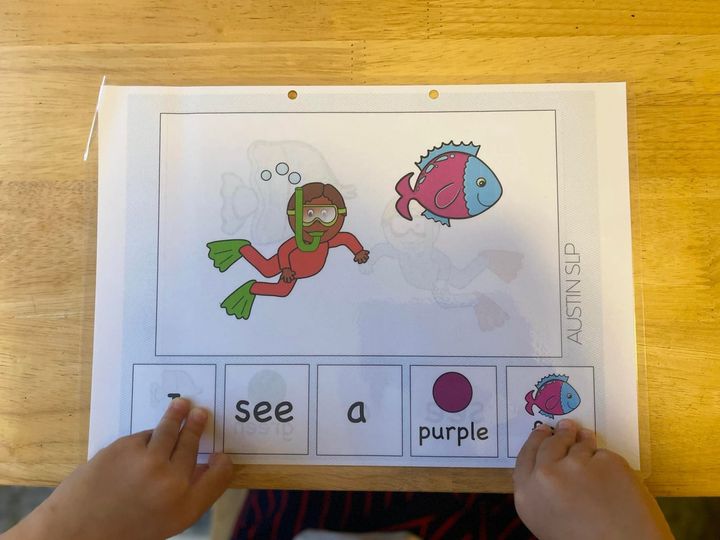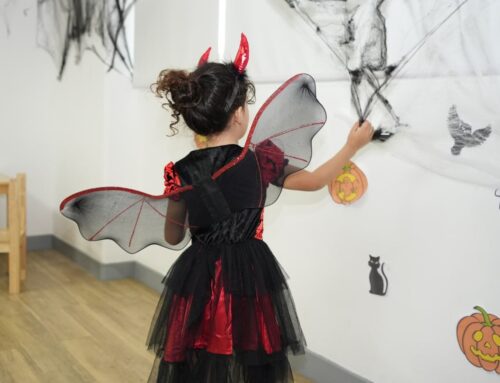When children struggle to speak, pictures can unlock communication. Using visuals and PECS cards for autism communication gives children a clear, low-pressure way to express needs, make choices, and join social routines—at home, at school, and in therapy. Families in Phnom Penh often tell us the first “I want…” with a picture is the moment everything changes.
What PECS Is—and Why It Works
The Picture Exchange Communication System (PECS) teaches a child to hand over a picture to get something they want. This turns communication into a simple, successful action. PECS supports joint attention, reduces frustration, and builds the foundation for language. If you’re new to communication therapy, it helps to understand the bigger picture of support like what speech therapy is and everyday communication and language.
Getting Started: Visuals That Make Sense
Start with high-motivation items (favorite snacks, toys, activities). Use clear photos or icons, kept in a small binder or key ring. Place the communication book where requests happen—kitchen, play area, school bag—so your child can reach it without prompting. Many families layer in other tools too, such as simple AAC apps; learn more about options in augmentative & alternative communication.
Core Steps You Can Use Today
-
Exchange: Teach your child to pick a picture and place it in your hand (or on a sentence strip). Celebrate the success immediately by giving the item.
-
Distance & Persistence: Gradually increase how far they travel to request and how persistently they communicate.
-
Discrimination: Offer two pictures so your child chooses what they truly want.
-
Sentences: Move from single pictures to “I want + picture,” then to attributes like color, size, or location.
-
Generalize: Practice with different people and in new places—home, playground, classroom.
How OrbRom Supports Your Child
Our therapists individualize visuals to your child’s strengths and sensory profile, and we coach parents to carry over strategies between sessions. If a child speaks a little, we blend speech goals with PECS so pictures support—not replace—speech. Learn more about our approach to speech therapy and when it’s useful to consider formal assessments to tailor goals precisely.
Troubleshooting Common Roadblocks
-
No interest in exchanging: Start with irresistible items and reduce effort—short distance, one picture, fast reward.
-
Picture grabbing instead of exchanging: Teach “give to request” by modeling hand-to-hand exchanges.
-
Meltdowns: Keep the book predictable and add visuals for “all done,” “help,” and “break.” See practical tips in autism communication strategies and why using visual supports in speech therapy works.
-
Stuck at one picture: Introduce a simple sentence strip and expand slowly.
With consistent practice, using visuals and PECS cards for autism communication helps children share preferences, build independence, and participate more confidently in daily life. For families seeking structured support in Phnom Penh, OrbRom Center can guide you step by step—from setup to real-world carryover.
Recommended OrbRom services to explore:
(Helpful reads: Communication & Language, Using Visual Supports in Speech Therapy, Autism Communication Strategies, What Is Speech Therapy?, AAC Apps)
We are the only Preschool specialized on children with special needs in PhnomPenh.
- Internationally qualified teachers
- Cambodia’s largest sensory room
- Outdoor swimming pool
- Covered outdoor playground
📞 Phone: 077.455.993
Telegram Link: https://t.me/OrbRom






Leave A Comment